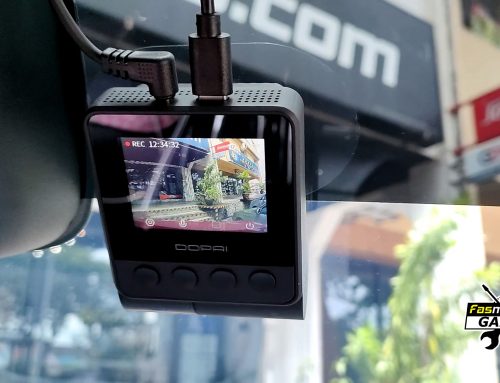Speaker Size
Choosing the right speaker isn’t as hard as you think. The first thing you may want to consider is how much fuss is acceptable to you in terms of installation. If you prefer it not to be a fuss, then I’d suggest to go with speaker sizes that will replace the current speaker location you have. This however can be limiting depending on the current setup on your vehicle and also the goal you are trying to achieve. If you are after big and loud sound, then I’m thinking you may need larger speakers that may not necessary fit snugly in the factory hole. In cases like this, you will need some custom work done to be able to fit the speakers. if you are going only slightly larger, then there are speaker adapters and brackets available in the market.
A few parameters when it comes to speaker sizes are Diameter (if its round), width x height (for oval shaped) and also depth measured from the end of the magnet to the top. Typically speakers come in a few standard sizes but depth will vary depending on magnet size.

Round Speakers – Measured in diameters (4″, 5″, 6″ and so on)

Oval type – 6″ x 9″
Speaker Type
Speaker types can be broken into two categories. Full-range speakers and component speakers.
Full-range speakers usually consist of a woofer and tweeter mounted on top of the woofer. These make the most sense in terms of straight forward speaker replacement with minimal fuss.
Component speakers consist of a woofer, tweeter and external crossover. The tweeters come separate which allows it to be mounted at a separate location from the woofer providing better imaging. The external crossovers allow for a better design and also improves the way the signals are separated and sent to the individual drivers.
Sensitivity and Power-handling
Besides size, the other thing that needs attention when choosing the right speakers for your system is the sensitivity (measured in dB) and power-handling (measured in Watts).
Sensitivity is basically how much sound the speaker will produce when power is supplied. Low powered head units with no amplifiers will work great with high sensitivity speakers. Low sensitivity speakers will suit high powered systems better, such as having an amplifier. Speakers when coupled with the right amps can produce great results!
Power-handling is the amount of power the speakers can handle. A low powered system can be paired with a low power-handling speakers and high-powered systems can be paired with high power-handling speakers. it’s best to match the speakers to the amps for best results. Another important thing is to always look at the RMS power and not the peak power.
Materials
It’s usually obvious just by looking to know if the speakers are made well with good materials. There are numerous materials used to make speakers that trying to know what sounds the speaker will produce is just plain impossible. Instead, I always advice judging it by eye. If it looks like it uses cheap materials and poorly constructed, then it probably is.
Generally, the typical materials that I find works are Polypropylene woofers, silk tweeters and rubber surrounds. However, there are many variations of materials used out there so the best way sometimes are to give them a try and see if you like it.







